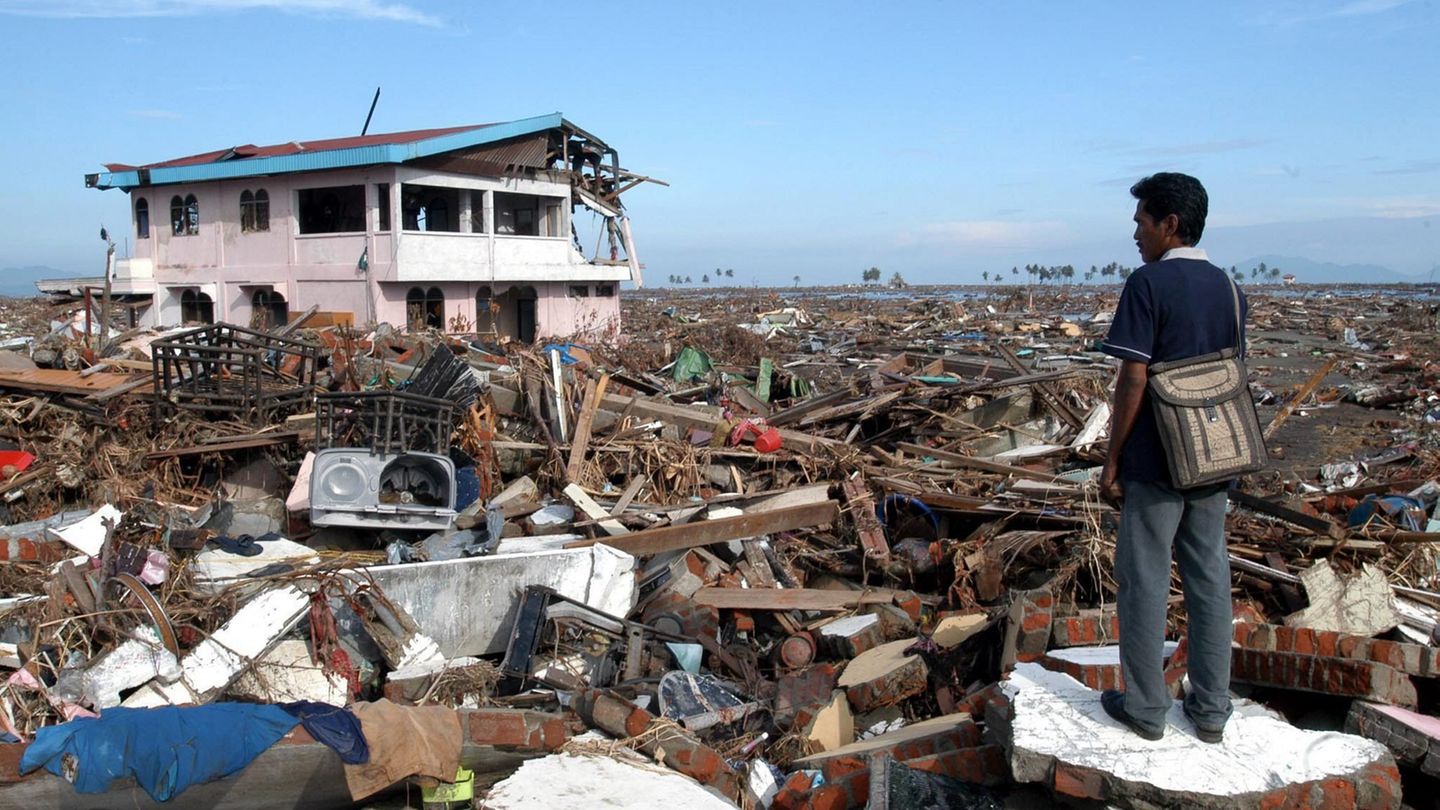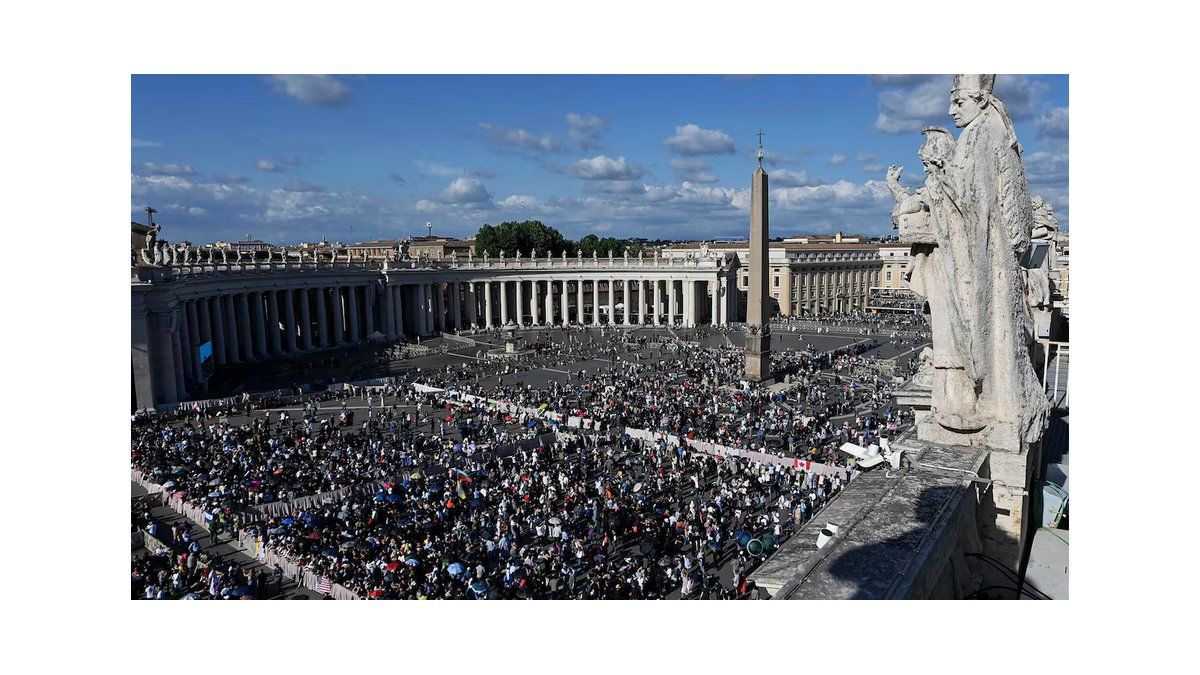20 years ago
The days after the deadly Indian Ocean tsunami
Copy the current link
The devastating tsunami in the Indian Ocean on Christmas 2004 killed more than 200,000 people and destroyed entire coastlines. A look back in pictures.
In many places, the extent of the disaster only became apparent when the water receded. On December 26, 2004, an earthquake off Sumatra triggered a devastating tsunami in the Indian Ocean. The huge wave hit the coasts of India, Indonesia, Sri Lanka and Thailand, among others.
According to the international disaster database EM-DAT, there were a total of 226,408 deaths. 165,708 people died in Indonesia alone, the vast majority of them in the province of Aceh in northern Sumatra, where the flood waves were particularly high. From the center of the quake, the tsunami spread at speeds of up to 800 kilometers per hour throughout the Indian Ocean and after two hours also reached Sri Lanka, India and Thailand. Extensions of the tsunami even reached the coast of East Africa: almost 300 deaths were recorded in Somalia alone.
Before and after the tsunami: destruction caused by the monster wave
The extent of the damage caused by the tsunami can be clearly seen on satellite images of the Thai and Indonesian coast afterwards, as shown in the images below. You can move the slider to see the change.
Infographic: stern/rös; Source: Picture Alliance/AP Photo/Space Imaging
At this point, our editorial team has integrated content from Flourish.
Due to your privacy settings, this content has not been loaded to protect your privacy.
The giant waves devastated large areas of coastal land in Indonesia, Thailand, Sri Lanka and India and destroyed entire towns and villages. Hundreds of thousands of buildings were destroyed and, according to the UN, more than 1.5 million people lost their homes as a result of the tsunami. The international community provided around $14 billion for reconstruction.
Map: The tsunami disaster on December 26, 2004
The number of victims was also so high because the disaster caught most people completely unprepared: there was no tsunami early warning system in the Indonesian Ocean at the time. The tidal waves overwhelmed the coasts without warning: holidaymakers and locals therefore did not have enough time to seek protection – many initially did not even understand what was happening. After the disaster, an early warning system was also set up for the Indonesian Ocean, as had already existed for years in the Pacific.
ros / with AFP
Source: Stern
I have been working in the news industry for over 6 years, first as a reporter and now as an editor. I have covered politics extensively, and my work has appeared in major newspapers and online news outlets around the world. In addition to my writing, I also contribute regularly to 24 Hours World.




